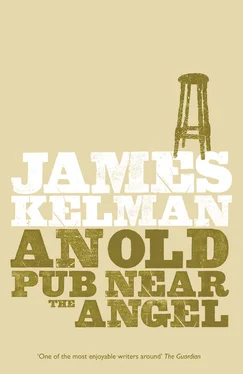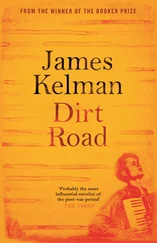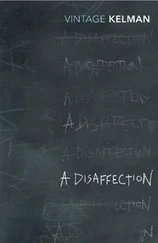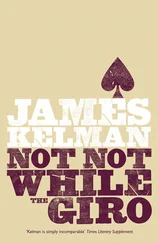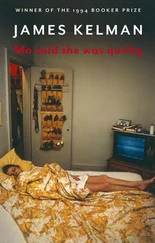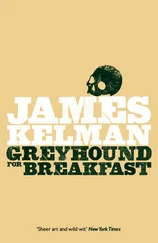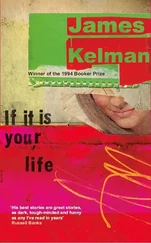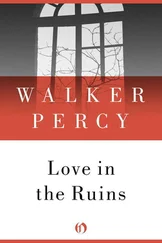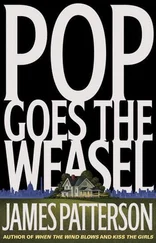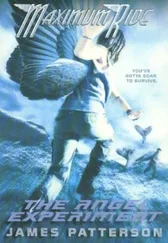In 1992, after a gap of 19 years, Puckerbrush Press published the second edition of An Old Pub Near the Angel and it was twice reprinted. On the small-press scene that represents a bestseller. Although I received ten copies of the new edition I never did receive any money. Whenever Connie Hunting earned anything it was ploughed into the next publication, mainly local writers and poets from the area around Maine. I felt privileged to be part of it, as would any young writer. I never met her personally. I wish I had. She liked to keep in touch with her writers and got a kick out of seeing us move on. She died in April 2006 at the age of 80. She was one of the great literary figures in that small-press tradition and it is an honour to dedicate this reissue to her memory.
Although An Old Pub Near the Angel earned me no actual money there were indirect benefits. I applied for an Arts Council grant and was awarded £500. We used £400 of it as the deposit towards a two-bedroom flat in North Woodside Road, close by the old Pewter Pot. By then Tom Leonard and Liz Lochhead were both back living in Glasgow and I got to know them. Tom’s first collection, Poems , appeared around the same time as An Old Pub Near the Angel in 1973. Liz’s Memo for Spring had been published a year earlier.
When we moved into our new flat Tom and Alasdair Gray helped with the flitting. We just heaved the stuff round the corner. Liz was short of a place to stay and took over our old room and kitchen in Garriochmill Road. Unfortunately, no sooner had she moved in and Glasgow Corporation started knocking it down. Then a couple of years later they demolished, by compulsory purchase, our part of North Woodside Road. They gave us £1,500 and a council flat in lieu.
Living as an artist is another way of living on your wits unless you get a stroke of amazing fortune, such as marrying a breadwinner. Marie was that breadwinner. Following the end of one statutory spell on the broo I was forced to get a job. Driving buses was the only serious option. I had worked on the buses on six previous occasions and my last term included an unofficial strike to which I was closely connected, so it seemed like a long shot. But the transport official who interviewed me had a sense of humour. He knew of An Old Pub Near the Angel and remembered reading an interview Anne Stevenson did with me for The Scotsman newspaper. He gave me another chance. I nearly said ‘with a twinkle in his eye’; fortunately I know better. Not only did I beat the odds, but my first collection of stories was paying its way; without it the buses would not have re-employed me.
In early 1974, however, I had to resign for good. I was going mad. A few months later old Partick Garage closed for the last time. I used its layout and location at the corner of Hayburn Street and Beith Street for my novel The Busconductor Hines .
Except for one copy, I have since disposed of all of that first edition of An Old Pub Near the Angel . This last copy is the one I sold my grannie. She was a big fan. After she died I nabbed it, but she would have wanted me to have it, and that is the truth.
My father, Ronald, had a workshop at the foot of the same tenement building where me, Marie and the kids lived. Like his father before him he was a self-employed picture-framer and gilder. His three older brothers were also in the trade. Many years ago a specialism within that trade was picture restoration but it was stolen by the bourgeoisie and transformed into their own intellectual property. Their Universities’ Degree in Fine Art then became necessary to practise the work — by now termed a profession — within art and other state institutions, e.g. galleries and museums. The seven-year apprenticeship and a journeyman’s continuous application at the trade were no longer sufficient qualification. A graduate student left university at 23 and entered straight into the ‘profession’. For the last ten years of his working life my father took a job within an art institution as a gilder and frame-maker. It irked him that he was barred from restoration work; he gritted his teeth when the white-coated 23-year-old ‘technician’ asked him to move his elbows out of the way so s/he could get on with the ‘fine’ art.
A similar robbery is being attempted on the practice of literary art. The higher learning institutes have commandeered much of this, from Sydney to San Diego, Seattle, Boston, through London, Glasgow, Edinburgh and ever onward. The title they have applied to the activity is ‘Creative Writing’. It is preferable that the practice engaged in by the students is not described as ‘creating art’. That is too ambiguous, not only does it imply ‘freedom’, it suggests a distinction may be drawn between literary art and what they themselves practise.
Conformity, convention, homogeneity at all costs; arise Ye Standard English Literary Form. The values being stamped as a template within this field of endeavour, ‘Creative Writing’, act as though designed to destroy diversity. These values are not confined to the aesthetic.
In future, public areas associated with literary art — publishing, magazine editing, newspaper reviewing, bookselling etc., the entire range — will be controlled by the values of ‘Creative Writing’. Much of it is already. Power lies with the priesthood: graduate students with degrees in a subject invented by their peers. In the past they had only Degrees in English Studies. Now they can inform other ‘Creative Writers’ (i.e. literary artists) what they can and cannot do, not simply as editors and critics, but as editors, critics and fellow ‘Creative Writers’.
Literary artists will still be able to fight. They will be able to do their work. Certain areas and markets will be closed off to them. It will become increasingly difficult for authentic writers to enter institutes of higher learning in a teaching capacity, not unless they have obtained a ‘Degree in Creative Writing’ and are equipped to teach students how to disguise their passions, conceal their emotions, dull their minds, push the self-destruct button on their imagination.
For generations Departments of English Studies and other language literatures have fought to pronounce the death of ‘the artist’, that and their own entitlement to a tenured position, the right to earn a lifetime’s salary derived from the artwork produced by the deceased. Nowadays the one branch of the study that pays lip service to the human beings who create the stuff, ‘Creative Writing’, is slowly but surely having its life snuffed out from within, like a worker dying from the effects of asbestos fibre. People who die from this do not ‘pass on’; the breath is squeezed from their lungs forever and ever, amen.
When I find myself within such an institution I feel like the character portrayed by Donald Sutherland in the movie about Zombies and Sunflower Plants, as I stroll across campus, trying to mask my self-consciousness, awaiting a bloodless body in a flowing black robe to halt in mid-stride, pointing me out to his colleagues in an accusatory shriek: Aaahhhh! Aaarrtist!
A hunner and fifty years ago, or thereabouts, Herman Melville suggested that two novels might exist for every one created; the unwritten one concerned the endeavours of the writer in the act of creating the damn thing. The horrible part of this is that Melville, as I recall, was silent for almost twenty years. Meanwhile in other parts of the world the literary texts of a handful of writers indicate that not only might they have shared Melville’s insight, they were attempting to rectify matters. But what truly would have excited Melville was that these furnir literary artists were doing it simultaneously.
What furnir literary artists is he talking about?
Читать дальше
